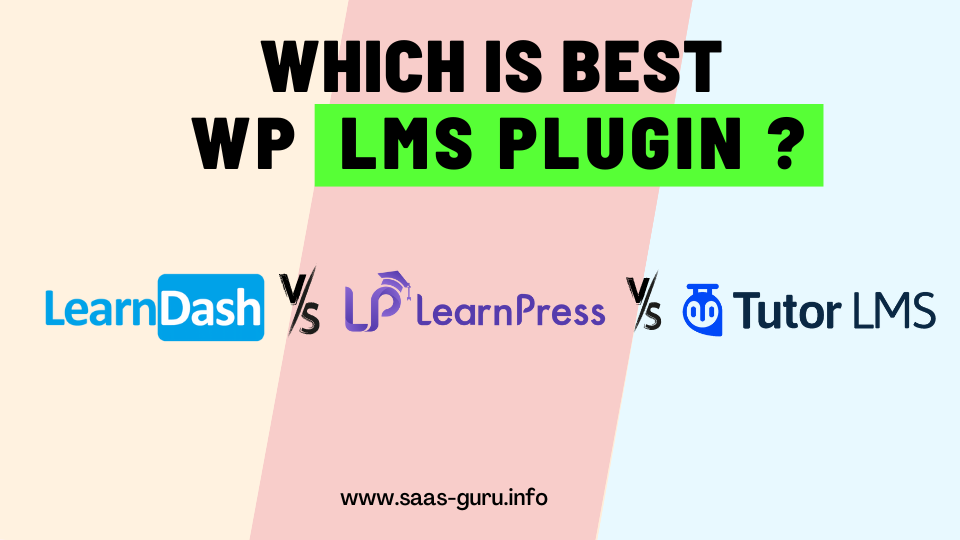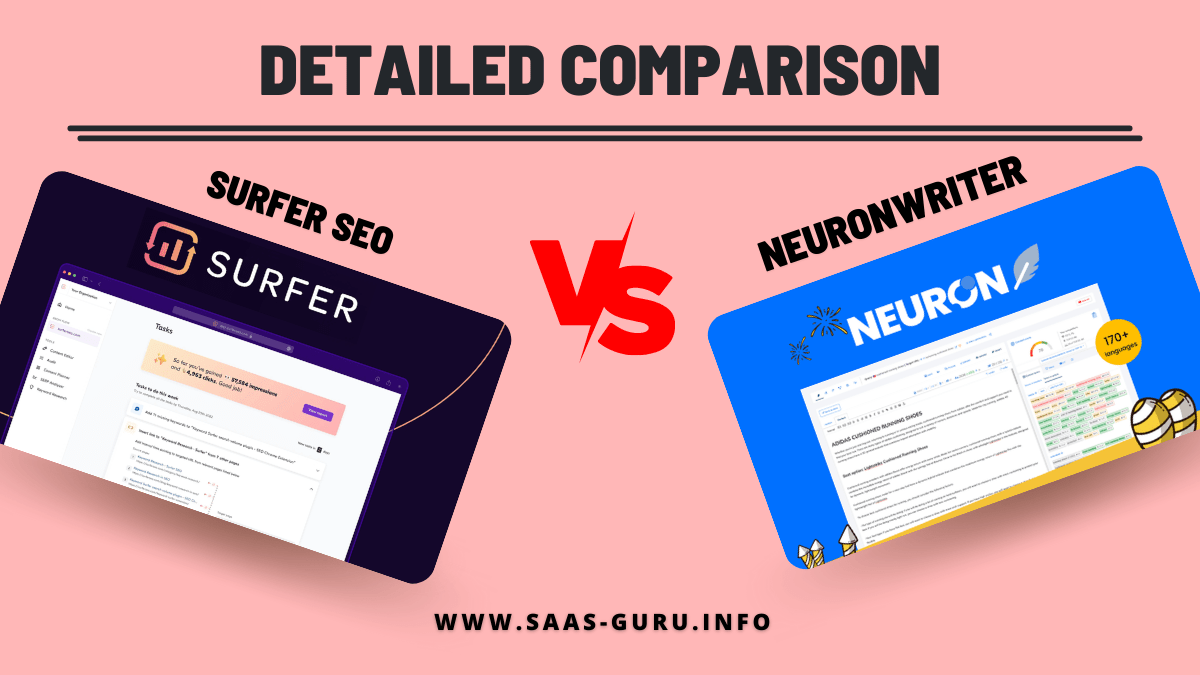If you are asking how to rank in google ai, well you are not alone. The search landscape has shifted and Google’s AI Overviews are now showing up for billions of searches every month.
These AI powered summaries can answer a user without them ever clicking a result, so understanding how to rank in google ai is mission critical for brands that want visibility, traffic, and conversions in 2025.
Why you should care about how to rank in google ai
Let us be blunt. If you thought ranking number one in traditional organic search was the end game, you are missing a major shift.
The new reality is that AI Overviews often sit above the organic results and present concise answers drawn from web sources.
When an AI Overview solves a user’s question, clicks to your site can vanish. So the real question becomes not just how to rank in google ai, but how to ensure the AI mentions your brand, products, or content in ways that drive business value.
Here are the core reasons to learn how to rank in google ai right now:
- AI Overviews appear for billions of searches monthly, especially informational and how to queries.
- 70 percent of AI Overview sources come from the top 10 organic results, so good SEO still matters.
- Mentions inside AI responses often have more direct commercial impact than simple citations.
- Bottom of funnel queries are an untapped opportunity to get product recommendations directly inside AI responses.
How AI Overviews pick sources: the analysis
We used Surfer SEO analyzed thousands of AI Overview responses to find how sources are selected. The headline findings are simple but powerful to act on when you want to learn how to rank in google ai:
- AI Overviews feature on average about eight sources per response.
- Half of the time they use seven or fewer sources and only 2.7 percent of overviews cite more than 25 sources.
- About 70 percent of the sources come directly from Google’s top 10 organic search results.
- There are two distinct source types: core sources and non-core sources.
That last point is the lever you want. Core sources account for roughly 9 to 12 percent of all sources and are repeat performers that appear across multiple AI responses for similar queries. Non-core sources are one-off mentions that rarely reappear.
Characteristics of core sources
If your objective is to become a core source and improve the odds of being included in AI Overviews, focus on these attributes that define core sources:
- Consistent high rankings – Not just rank one for a single keyword but top 10 across multiple related keywords in the topic area.
- Strong semantic alignment – Content, titles, and URL structure clearly focus on the topic instead of being generic.
- Comprehensive topic coverage – Pages and clusters answer the broader set of questions around the topic, not just one specific question.
- Content freshness and authority – Regularly updated content and clear expertise signals over time.
In short, many of the fundamentals that earn you organic rankings also form the foundation for how to rank in google ai. The difference is scale and repetition. AI systems prefer sources that consistently answer a range of related queries, not one-off articles that barely scratch the surface.
How to become a core source: the practical checklist
Becoming a core source is not magic; it is disciplined content architecture and execution. Below is a practical checklist you can use to chase the answer to how to rank in google ai.
- Cover topics exhaustively from all angles. Think question clusters, not single posts.
- Use semantic SEO. Make your titles, headings, and URL structures explicitly aligned with the topic words people search for.
- Maintain and update content to keep answers fresh and accurate.
- Build topical authority via internal linking and a topical cluster strategy.
- Optimize for a range of related keywords so you rank in the top 10 across those queries.
Tools can help. For example, Surfer’s content editor has a facts tab showing editorial angles and topics pulled from top ranking pages and large language models. Including those angles will help ensure your content answers the questions AI Overviews expect to be covered.
Syncing Google Search Console with a tool that provides a topical map lets you visualize purple areas (covered topics) and white areas (gaps).
That map guides which cluster you should build next. Load that topic into your editor and start writing. The work is still effort, but it is far less guesswork and far more data driven when you map it this way.
How AI Overviews disrupt the buying journey
AI Overviews are a double-edged sword. They steal clicks at the top of the funnel but can create powerful brand opportunities at the bottom of the funnel. Understanding both sides informs how you approach learning how to rank in google ai.
Top of funnel: click loss on informational queries
For many informational queries like what is the Mediterranean diet or how to choose a running shoe, people get their answer from the AI and move on.
That means lost clicks for the pages that would have previously received them. These are typically non-branded, low intent queries that AI Overviews can summarize quickly.
Bottom of funnel: product mentions that convert
At the bottom of the funnel, AI Overviews behave differently. For commercially minded queries—think best running shoe for flat feet—AI Overviews often mention specific brands or products to answer the query.
Those product mentions act like recommendations shown right on the SERP. That can be massive.
It means conversion intent can be satisfied without clicks, or it can drive clicks directly to product pages if the user wants more details.
This is the key: being mentioned in AI responses can be more valuable than being cited as a source.
Mentions can drive awareness and revenue directly, especially when the mention identifies your product as a top option for a purchase intent query.
If you can achieve both—a citation that proves authority plus a mention that recommends your product—you are in a very strong position.
How to get your brand mentioned in AI responses
Now for the pragmatic how to rank in google ai steps that actually move the needle.
1. Start with solid SEO
GEO, AEO, LLM SEO—call it what you want. It is not a separate skill; it is a layer on top of classic SEO.
If you do not rank in the top 10 for relevant queries, your odds of being a source in AI Overviews are low because 70 percent of sources come from the top 10. So do the SEO basics and do them well.
If you want resources on tools that help you with SEO and content optimization, look up Surfer SEO review and comparisons: https://saas-guru.info/surferseo-vs-scalenut/
2. Optimize your money pages for details
Many branded, product related queries seek specifics: integration options, technical detail, form fields, dimensions, warranty terms, and so on.
These are the exact questions that AI assistants ask before making a recommendation. Your money pages must answer these explicit questions.
That means longer, detailed product or service pages that include both benefits and nerdy features.
Think about Apple product pages. They are long, thorough, and include both user benefits and technical specs.
For many businesses that level of detail may be overkill, but expanding your money pages to include clear product details will increase your chances of being mentioned by AI systems.
3. Build topical clusters that support money pages
Your money pages will perform better in AI contexts if they are supported by a rich network of topical content.
Create supporting pages that answer adjacent questions and link them to the money page. The combination ramps up topical authority and provides the AI with many signals that your pages are comprehensive and authoritative.
For tools and research on keyword coverage and topic clusters see: https://saas-guru.info/best-lifetime-keyword-research-tools/ and https://saas-guru.info/best-seo-tool-lifetime-deals/
4. Earn mentions in listicles, roundup posts, and community forums
The example in the case study shows the top pages that mention certain shoes were listicle roundup posts, not the brand website.
Roundups, forums, and directories are highly influential in AI source selection. Getting featured in these types of pages boosts the chances the AI will mention your product during commercial queries.
If I were a competitor, I would reach out to roundup post authors and industry forums to find placement opportunities.
Also remember community forums like Reddit are heavily cited by AI systems. If you want tactical guidance on community forum engagement, there are posts and guides that discuss Reddit engagement and Quora marketing strategies that can help try Scalenut’s Social Upreach
5. Track mentions with AI visibility tools
Tracking whether you are cited is not enough. Use tools that monitor mentions in AI responses across platforms such as ChatGPT, Claude, Perplexity, and Google AI Overviews. Surfer’s AI Tracker, for example, tracks mentions and provides an AI visibility score and the prompts that triggered mentions so you can double down on what works.
Tracking lets you answer: which prompts lead to mentions, which pages the AI draws from, and what content changes move your visibility score.
That makes iteration far faster and far more evidence based.
A practical 90 day plan to learn how to rank in google ai overviews
If you want a practical playbook you can execute, follow this 90 day plan focused on mentions and citations inside AI Overviews.
- Week 1 to 2 – Audit and prioritize
- Identify core product pages and their current ranking positions.
- Use search console data and a topical map to find coverage gaps. Use Surfer Ai for tools to help.
- Prioritize money pages and bottom funnel queries with purchase intent.
- Week 3 to 6 – Expand and optimize money pages
- Add detailed specs, integrations, FAQs, and clear product names.
- Use semantic headings and make sure URLs are topic focused.
- Include comparison sections and feature matrices that AI can easily extract.
- Week 7 to 10 – Build supporting cluster content
- Create 6 to 10 supporting posts that cover adjacent intents, how to questions, and comparison guides.
- Use an editorial angle list from content tools to capture the full set of likely questions.
- Week 11 to 12 – Outreach for mentions
- Pitch roundup lists and industry directories for inclusion.
- Engage with community forums and provide helpful answers that link to your resources where appropriate.
- Ongoing – Measure and iterate
- Track mentions and AI visibility score with an AI tracker and adapt content to the prompts that drive mentions.
- Continue to update and expand money pages as new questions emerge.
Common mistakes to avoid when learning how to rank in google ai
- Hiding product details because you are afraid to talk features. AI systems need explicit details, so include them on money pages.
- Chasing a single query fanout term. AI sources are volatile; covering the topic exhaustively is safer than gambling on one exact phrase.
- Ignoring community content. Roundups and forums matter a lot for mention signals.
- Thinking GEO is a separate skill. It is an overlay on SEO, not an island. Do the SEO fundamentals first.
Examples that clarify the difference between being cited and being mentioned
Here is a short example to make the distinction clear and to illustrate why it matters when you want to know how to rank in google ai.
Imagine you are the SEO for AS6, a shoe company. A user searches tips for runners with flat feet. If AS6 is cited as a source in the AI Overview, Google recognizes AS6 as an authority. But the user is unlikely to scroll the sources list and click through. The business impact is limited.
Later the same user searches best running shoe for flat feet. The AI Overview names AS6 Gel Kano as one of the top picks.
That mention acts like a recommendation. Even if the user does not click, brand consideration increases and purchase intent is influenced. That is where mentions beat citations for business outcomes.
Supporting tools and resources
To operationalize this work you will need data and help from tools. Here are a few resources and pages that can help you build the systems to learn how to rank in google ai overviews:
- Surfer SEO resources and reviews: https://saas-guru.info/surfer-seo-review/
- Comparisons for content and SEO tools: https://saas-guru.info/surferseo-vs-scalenut/ and https://saas-guru.info/surfer-seo-vs-neuronwriter/
- Keyword and topic research resources: https://saas-guru.info/best-lifetime-keyword-research-tools/
- Guides on long form content and optimization: https://saas-guru.info/scalenut-content-optimizer-review/
- AI writing tools to draft and iterate content: https://saas-guru.info/best-ai-writing-tools/
Measuring success: KPIs that matter for AI visibility
When you focus on how to rank in google ai, traditional KPIs like organic clicks remain useful but you must add mention focused metrics.
- AI visibility score or mentions per week in tracked prompts.
- Share of voice in AI generated answers for key product queries.
- Revenue or conversions attributed to AI driven discovery.
- Impressions and top 10 rankings for related keywords, since top 10 presence is core to source selection.
Use an AI tracker to get the mention data and a good analytics stack to measure any downstream impact on conversions. If you cannot measure mentions, you cannot optimize for them.
Recap: the short answer to how to rank in google ai overviews
Here is the condensed playbook you can take away:
- Do good SEO. Ranking in the top 10 is fundamental.
- Make money pages detailed and explicit. Answer late stage buyer questions directly on those pages.
- Build topical clusters to become a core source across related queries.
- Get featured in roundups, directories, and forums to earn mentions that AI systems favor.
- Track mentions with an AI tracker and iterate based on the prompts that trigger your brand being mentioned.
Frequently asked questions
What exactly are AI Overviews and when do they appear?
AI Overviews are Google generated summaries powered by the Gemini model that appear at the top of many search result pages. They commonly appear for informational, how to, and comparison queries where a concise summary can satisfy the user.
Do I need to do something different than normal SEO to rank in AI Overviews?
You do not need a completely separate skill set. The foundation is classic SEO: rank in the top 10, have strong semantic alignment, and build topical authority. The layer on top is optimizing for mentions and ensuring your money pages answer late stage buyer questions explicitly.
Which is more valuable: being cited as a source or being mentioned?
Both have value, but mentions are often more directly tied to business impact. Mentions can act like a product recommendation in commercially minded AI responses, influencing purchase intent even without clicks. Ideally you want both a citation for authority and a mention for commercial impact.
How many sources do AI Overviews typically use?
On average about eight sources per response. Half of the time AI Overviews use seven or fewer sources and only a small fraction use more than 25.
Can small brands compete to be mentioned in AI Overviews?
Yes, but you need to be strategic. Optimize your money pages with specific product details, build topical clusters, and earn mentions in reputable roundups and forums. Small brands that target specific bottom funnel queries and get featured in curated lists can win mentions.
What tools help track AI visibility and mentions?
There are tools that track brand mentions across AI systems and provide an AI visibility score. These tools show which prompts trigger mentions and help you iterate. Look for AI trackers that monitor Google AI Overviews, ChatGPT, Perplexity, and Claude.
How long does it take to see results after optimizing for AI mentions?
It varies. Some changes—like adding clear product details—can lead to faster mention improvements, while building topical authority and cluster coverage can take months. Use tracking to measure progress and iterate continuously.
Are backlinks irrelevant with AI Overviews?
No. Backlinks still matter because they help organic rankings and authority, which feed into source selection. However, brand mentions in forums and community content have taken on new importance, so combine both strategies.






